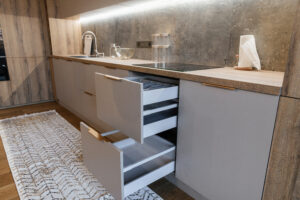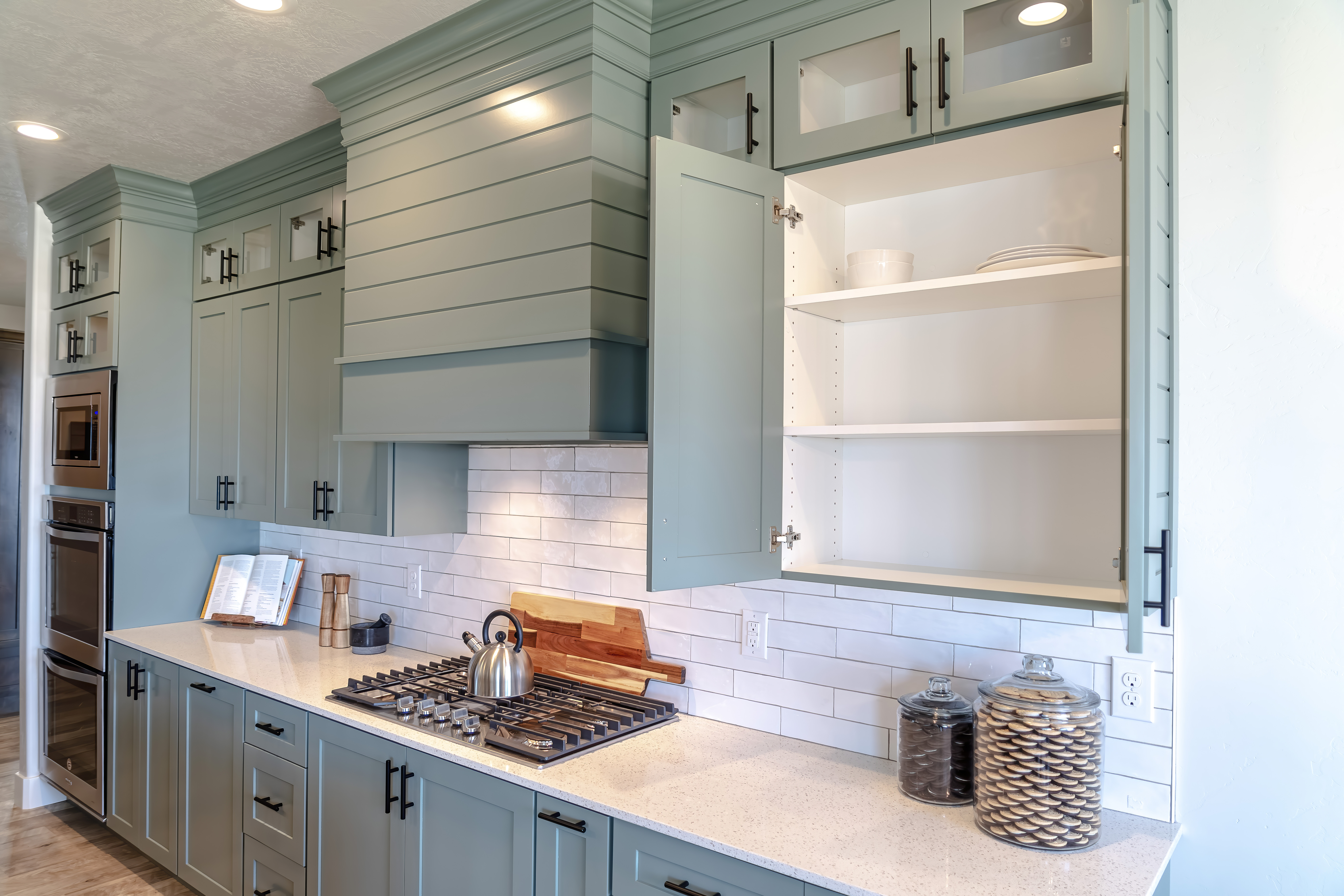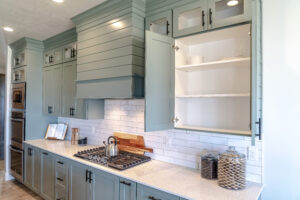When I was renovating my own kitchen years ago, I made the mistake most homeowners do: I focused too much on finishes and not enough on structure. Shiny doors and trendy colors grabbed my attention—but a year later, warped hinges and soft drawer bottoms reminded me why durability should always come first. That’s when I set out to find the best kitchen cabinets—ones that weren’t just good-looking, but built to last.
Now, after overseeing hundreds of remodels and plenty of cabinet installations, I’ve narrowed it down to a six-step process anyone can follow. Whether you’re doing a DIY update or working with a contractor, these steps will save you time, money, and a ton of frustration.
🛠 Step 1: Know What “Best” Really Means
The best kitchen cabinets aren’t the most expensive—they’re the ones that check these boxes:
-
Plywood box construction (NOT particleboard)
-
Soft-close hinges and full-extension drawer glides
-
Solid wood or high-quality engineered wood fronts
-
Durable finishes that resist wear and moisture
-
A manufacturer warranty (ideally limited lifetime)
If a brand can’t provide these, move on.


📐 Step 2: Start With the Right Layout
Before you pick colors or door styles, ask yourself: does your kitchen work?
Good cabinet planning starts with workflow—think of the “kitchen triangle” between your sink, stove, and fridge. If your current layout is cramped or inefficient, no cabinet upgrade will fix that. Get the layout right, then find the cabinets to match.
🔎 Step 3: Compare Brands Honestly
Don’t rely on brochures. Go to showrooms. Open the drawers. Press on the shelves. Ask what the box is made from—plywood is stronger and more water-resistant than particleboard.
Some top cabinet brands I’ve worked with that meet my quality standards:
-
DreamLine Cabinetry – great semi-custom quality, solid construction
-
Starmark Cabinetry – full custom options with robust build
-
Waypoint & KraftMaid – reliable semi-custom lines with good finish options
Stick with brands that prioritize construction over gimmicks.
🧰 Step 4: Prioritize Function First
You can always update finishes later, but poor functionality sticks around.
Add-ons I always recommend:
-
Pull-out shelves for lower cabinets
-
Deep drawers for pots and pans
-
Built-in spice organizers and trash pullouts
-
Corner cabinet solutions (lazy susans or pull-out trays)
These small upgrades make your kitchen easier to live in every day.
Step 5: Choose a Style That Lasts
I’ve seen trend-chasing homeowners regret it fast. Skip fads. Go with timeless styles like:
-
Shaker or slab doors
-
Neutral tones (white, gray, natural wood)
-
Simple hardware in black, brushed nickel, or matte brass
Your cabinets should look good today and 10 years from now.
🛒 Step 6: Get a Pro You Trust
Even the best kitchen cabinets won’t look right if they’re installed wrong. Leveling, alignment, and spacing take skill—and a bad install can void your warranty.
Whether it’s your contractor or the supplier’s team, make sure your installer:
-
Is certified or recommended by the manufacturer
-
Uses the right tools (no shortcuts!)
-
Can show past examples of their work
When in doubt, ask for references. This isn’t the place to cut corners.
✅ The Bottom Line
The best kitchen cabinets combine strong materials, smart storage, and classic design. But just like with any renovation, success depends on planning, not luck.
Follow these six steps and you’ll avoid the traps I hit early on—and end up with cabinets that look great, work hard, and last for years.
📣 Call to Action
Ready to make the right call on your cabinets? Whether you’re building a dream kitchen or upgrading what you’ve got, follow these steps—or better yet, work with professionals who do it right the first time. Your cabinets aren’t just furniture—they’re your kitchen’s foundation.


